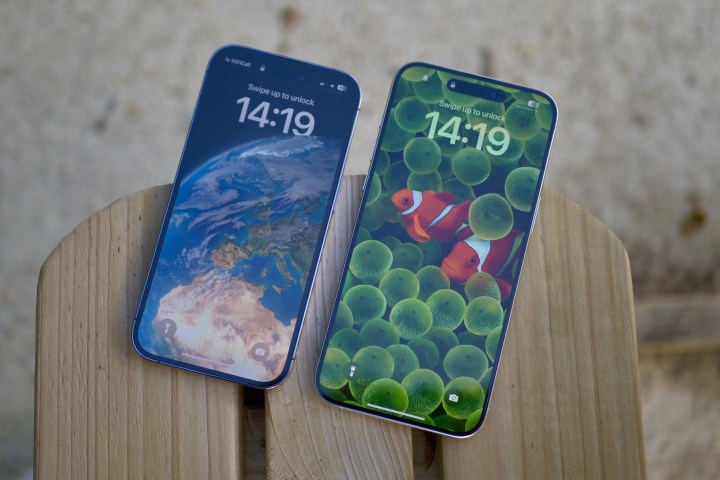
Imagine you’ve just purchased Apple’s first foldable iPhone. On your way home from the local Apple Store, the phone slips out of your hands and falls onto the pavement, causing a small dent. While you could go back and pay Apple to repair it, there might be another solution: letting the phone repair itself.
The paragraph above certainly paints a picture of an Apple product many years away. Yet, some recently published Apple patents have been discovered that suggest future iPhones could have the ability to self-repair themselves.
As initially reported by Patently Apple, the U.S. Patent and Trademark Office has officially published 51 new Apple patents. These patents cover self-healing properties for future handsets. The technology involves a layer of self-healing material that could cover the entire display of a device or just a specific region that is more susceptible to breakage. Heat would be the primary source for the self-repair.
In practice, what’s discussed in Apple’s new patents would most benefit foldable phones.

Rumors suggest that Apple could finally release a foldable iPhone in the coming years. In doing so, it would compete with future versions of Samsung’s Galaxy Z Fold, the Google Pixel Fold, and similar phones already on the market. Despite seeing improvements with each passing year, these phones are more prone to display problems as they are thinner than the displays found on more traditional smartphones. Flexibility also poses a challenge.
A self-healing iPhone certainly sounds futuristic, to the extent that most people might assume that an iPhone fixing itself isn’t possible. However, this concept has been attempted before. In 2013, LG introduced a self-healing backplate on its curved LG G Flex phone that was designed to repair minor scratches over time.
Whether Apple will ever implement self-healing properties in future products remains to be seen. Like other technology companies, Apple often submits and has patents granted for innovations that never see the light of day.
The most recent rumors suggest that Apple could release a foldable smartphone, dubbed the “iPhone Flip,” as early as 2025. However, the release date for Apple’s first foldable iPhone has been constantly shifting, indicating that the company is taking the time to learn from the experiences of others before attempting to release a foldable phone. It will be worth the wait if it means we’ll see an iPhone with healing properties.



